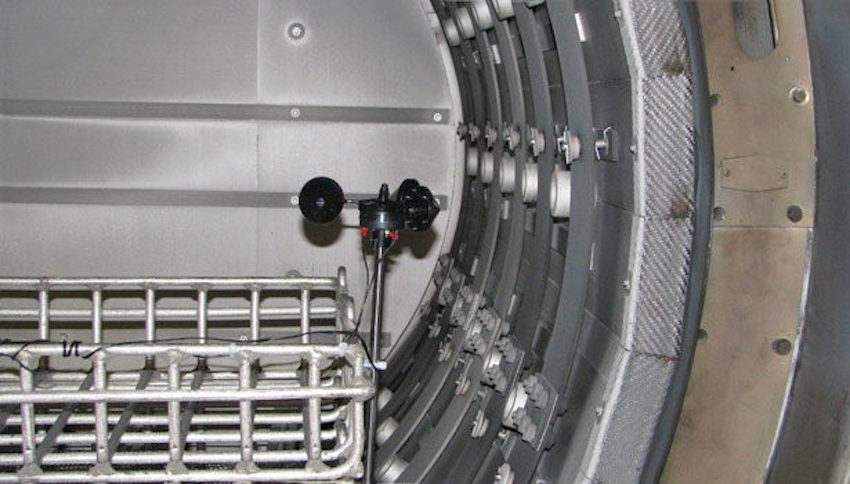Vacuum Quenching
Learning Objectives:
- Describe the intensive water-quenching process originated by Dr. Nikolai Kobasko.
- List the cooling phases that happen during the oil quenching process.
- Discuss the effect of gas velocities on hardenability values for vacuum furnace gas quenching.
- Explain how the Jominy End-Quench Test works and what type of information it provides.
Credits:
This course is part of the The Thermal Thermal Academy
Below are a set of links to articles from our Engineering and Mechanical Systems brands, including Engineering News-Record, . These articles provide in-depth analysis of specific projects, with photos, drawings, specifications, detailed descriptions, and design solutions. Click on each link below, read the article then complete the quiz to earn your credit and certificate of completion.
Quenching, or tempering, requires incredibly precise heating and rapid cooling. This process, creates hard steel that can withstand extreme applications. This course discusses the new generation of high-pressure gas-quenching system (HPGQ) as well as the efficiency of oil systems and commercialization of water quenching techniques.
Intensive Quenching Process Commercialization
An intensive water-quenching process was originated by Dr. Nikolai Kobasko of the Ukraine in early 1960s. Intensive quenching (IQ) methods and their practical applications are presented in numerous technical papers, conference proceedings and books. This article looks at the IQ method in comparison to traditional quenching.
Michael Aronov, Nikolai Kobasko, Joseph Powell, and Paul Sampson
Vacuum Oil Quenching: Applications and Unique Properties
Hardening of steel is a major operation in heat treatment. Originally performed in aqueous solution, the nature of the quenching media influences the final steel characteristics and thus allows for optimization of the hardness, the microstructure and also the deformation of the treated parts. This article describes the potential of oil quenching performed in a vacuum furnace in comparison to conventional oil quenching.
Philippe Lebigot
Case Hardening Under Vacuum with Oil Quenching
Vacuum heat treating encompasses a wide variety of processes. Case hardening is just one of them. Examples include carbonitriding and carburizing. By diffusing carbon into the part surface, followed by quenching of the part, a hard and wear-resistant surface is formed while maintaining a ductile core. This article looks at vacuum furnace case hardening through oil quenching.
Bill Warwick
Gas vs. Liquid Quenching: A Direct Comparison in Jominy Hardenability
The “gold standard” test for all hardenability results has always been the “Jominy End-Quench Test.” The information gained from this test is necessary for metallurgists when selecting the proper combination of alloy steel and heat-treatment parameters. This article looks at gas versus liquid quenching using the Jominy Hardenability Test.
Jim Grann

Photo Courtesy of SECO/VACUUM
TBD
| SECO/VACUUM |






